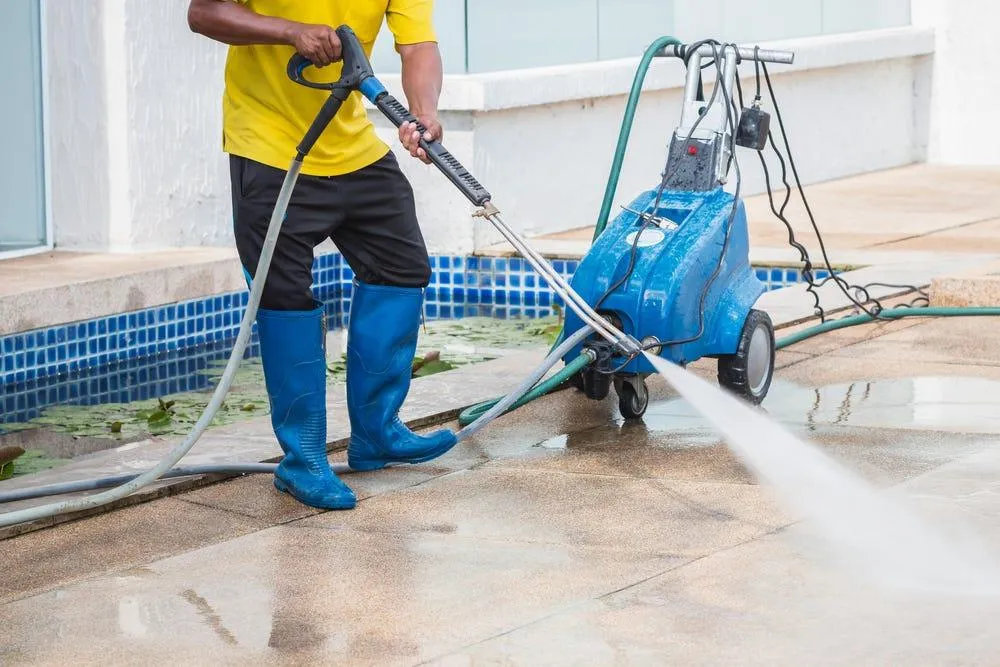
MEET THE Neighbours Pet of the week!
Hey, I'm Cleo!
I am a good helper.
I enjoy meeting my neighbours
I like walking all around Charleswood!
Featured Services In Winnipeg
Our Process
At Neighbours Window Cleaning, we believe in making our professional cleaning services simple, safe, and hassle-free. Here's what you can expect from us:
O1
Initial Consultation:
We begin with a comprehensive assessment of your cleaning needs. Our team provides detailed estimates for window cleaning, pressure washing, or screen restoration services, ensuring complete transparency in pricing and scope of work.
O2
Professional Assessment
Our experienced technicians arrive on schedule to evaluate your property's requirements. We identify optimal cleaning methods, note special considerations, and prepare a customised approach for your surfaces.
O3
Expert Execution
We implement our proven cleaning process using professional-grade equipment and eco-friendly solutions. Our team protects your property while delivering exceptional results that exceed your expectations.
Read our blog!

How to Use a Pressure Washer With Soap
We have all experienced the disappointment of finding dirt or mud on our driveway or patio once spring gets underway. Wouldn't it be amazing if you could clean up those messy areas without much hassle? A pressure washer is a simple tool that you need for this task.
Pressure washers usually use high-pressure water jets to remove dirt and grime from surfaces. You can add soap to this process to get great results. Washing with soap helps remove tough marks, allowing the water pressure to lift them more easily than without soap.
This blog will help you learn how to use a pressure washer with detergent. It explains how to clean with soap using a pressure washer. We have also included all the steps to manage your new pressure washer to assist you in getting clean results. Understanding how your pressure washer works before you use it is essential. Each is slightly different, so learning the main features will help you get the most out of it safely.
The Different Types of Pressure Washers
You can choose between electric pressure washers and petrol/gasoline pressure washers and see which one works best for you.
Electric Pressure Washers
Electric pressure washers are designed to be lighter in weight, create less noise, and require less upkeep. They are suitable for everyday cleaning tasks at home, such as patios, decking, or cars. You will need an outdoor electrical socket to use this pressure washer on your lawn or garden.
Gasoline/Petrol Pressure Washers
These pressure washers depend on internal batteries, making them easier to carry everywhere. They are designed to handle larger loads and are primarily used for cleaning significant areas, driveways, and brick surfaces. Additionally, they are effective for paver repair and sealing. However, they generally produce more noise, weigh more, and require frequent upkeep.
Safety Precautions for Using a Pressure Washer
Pressure washers are powerful tools for cleaning dirt and mud from walkways, patios, gutters, siding, and driveways. Therefore, if you plan to use them, you must ensure that you do so following complete precautions.
Eye protection: You must always wear safety glasses or goggles to protect your eyes from flying debris and water spray.
Gloves: Wear gloves to protect your hands from the force of the water and any cleaning solutions.
Appropriate footwear: Wear sturdy, closed-toe shoes that offer a good grip to prevent slips on surfaces that aren't dry properly.
Other basic safety precautions include never pointing the pressure washer at people or animals, always starting with a low-pressure setting and gradually increasing it as needed, keeping the pressure washer and electrical cords away from water sources, and ensuring there's a right ventilation if you use a petrol/gasoline pressure washer.

9 Step-by-Step Method to Use a Pressure Washer with Soap
Restoring the appearance of outdoor surfaces is best done by using a pressure washer with soap. If cleaning on your own isn’t possible, you can hire cleaning professionals from Neighbours Windows to tidy up any dirty surface.
However, if you want to use a pressure washer with soap yourself, remember these steps to ensure everything goes smoothly and safely.
Preparing the Area for Cleaning
Before you even think about switching the tool on, it's a good idea to prepare the area you will clean. Clear the area before you start with pressure washing. Move any garden furniture, plant pots, or anything else that might get in the way or be damaged by the water pressure.
If nearby plants could be harmed, you should cover them with a plastic sheet or tarpaulin. This will prevent damage from the detergent and strong water.
Connecting the Hose and Water Supply
Connect the hose and water supply. Ensure the hose is tightened properly to prevent leaks. Then, connect the other end of the hose to the water inlet on your pressure washer, ensuring it's secure.
Adding Detergent
Most pressure washers have a built-in tank for adding detergent or soap, but many use a siphon tube. So, if your pressure washer has a tank, carefully add your chosen pressure washer detergent. You also need to follow the manufacturer's instructions for the correct amount of detergent. If it uses a siphon tube, place it into your detergent bottle and see how it works.
Selecting the Correct Nozzle
Choosing the correct nozzle is essential. Different nozzles produce different spray patterns, and you will need the right one for each stage of the cleaning process.
To apply soap, you'll generally want to use the designated soap nozzle, which usually delivers the detergent at a lower pressure. When cleaning off the soap, you have to switch to a different nozzle, depending on the surface. A wider nozzle is best for rinsing the floor surface. However, a narrower, more powerful nozzle removes stubborn dirt.
Adjusting the Pressure
You have to adjust the pressure setting on your pressure washer. Always start with the lowest setting and increase it gradually as needed. This is important when cleaning delicate surfaces, as you don't want to damage them.
Testing on a Small Area
Before you tackle the whole area, it's a good idea to test the pressure washer and detergent on a smaller patch first. This will ensure that the pressure and detergent won't damage the surface.
Applying Soap
Attach the soap nozzle, turn on the pressure washer, and apply the detergent to the surface. For better results, start working in sections. Apply the soap evenly while holding the water nozzle at a consistent distance. Let the detergent sit on the surface for a few minutes to work its magic, but don't let it dry out.
Rinsing off the Detergent
Once the detergent has done its job, it's time to rinse it off. Switch to the appropriate rinsing nozzle and rinse the surface thoroughly with clean water. Work from top to bottom to avoid streaks, and hold the nozzle at a consistent distance and angle to ensure even rinsing.
Cleaning Up and Storing the Pressure Washer
When you've finished cleaning, please turn off the pressure washer and disconnect it from the water supply. Release any pressure in the hose and gun by squeezing the trigger. Rinse out the detergent tank or siphon tube with clean water. Finally, wipe down the pressure washer and hose and store them in a dry place, away from frost.
3 Tips for the Best Pressure Results
Here are three tips to get the most out of your pressure washer and achieve a truly sparkling finish:
Working From Top to Bottom
It's best to clean from the highest point downwards. This prevents dirty water from running down over already-clean areas, which can cause streaks. Unfortunately, you will have to clean the same area twice, so always begin cleaning from the top.
Maintaining a Consistent Distance
Holding the nozzle steadily from the surface is crucial for an even clean. Getting too close can damage the material, while being too far away reduces the effectiveness of the spray. A 30-45cm distance is generally a good starting point, but you might need to adjust it depending on the surface and the pressure you're using.
Avoiding Delicate Surfaces
Pressure washers are powerful tools, and some surfaces can't handle the force. It's best to avoid using a pressure washer on painted surfaces unless you plan to remove the paint. Softwood and Glass are also delicate surfaces. So, always test a pressure washer on an insignificant area first to see how it works.
Explore the Best Window Cleaning Services in Manitoba Updated 2025
Conclusion
A pressure washer and soap are the best tools for difficult outdoor cleaning chores. Follow the steps suggested in this guide to get a sparkling result on different surfaces. Pressure washers should be operated only after taking safety steps. Wear gloves and eye protection, start with the lowest setting, and try the spray on an area that won't be visible.
If you stick to the right cleaning technique and practise a little bit, you'll see a big improvement in your outdoor areas. Scrub your patio, driveway, or siding; it will look much better afterwards.
READY TO GIVE US A TRY?
Get Started for Free Today!
Revamp your property's appearance with Winnipeg's trusted cleaning professionals. Be it anything, a need for crystal-clear windows, powerful pressure washing, or thorough screen cleaning, we're ready to deliver exceptional results that will satisfy you completely.
COMPANY
CUSTOMER CARE
CONNECT
GET A FREE QUOTE

© Copyright Neighbours Window Cleaning. All Rights Reserved.







